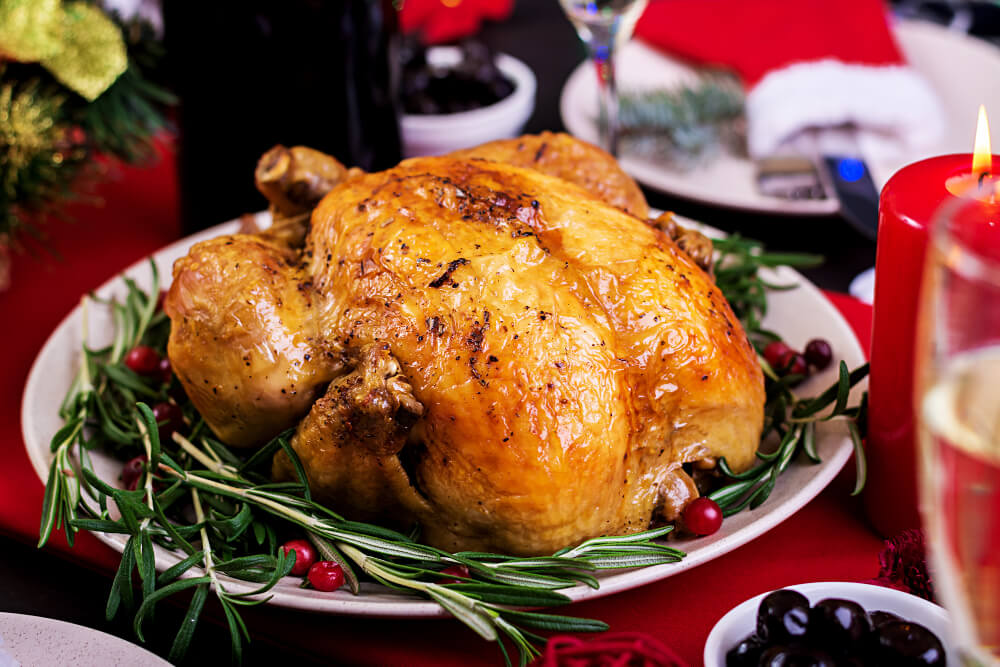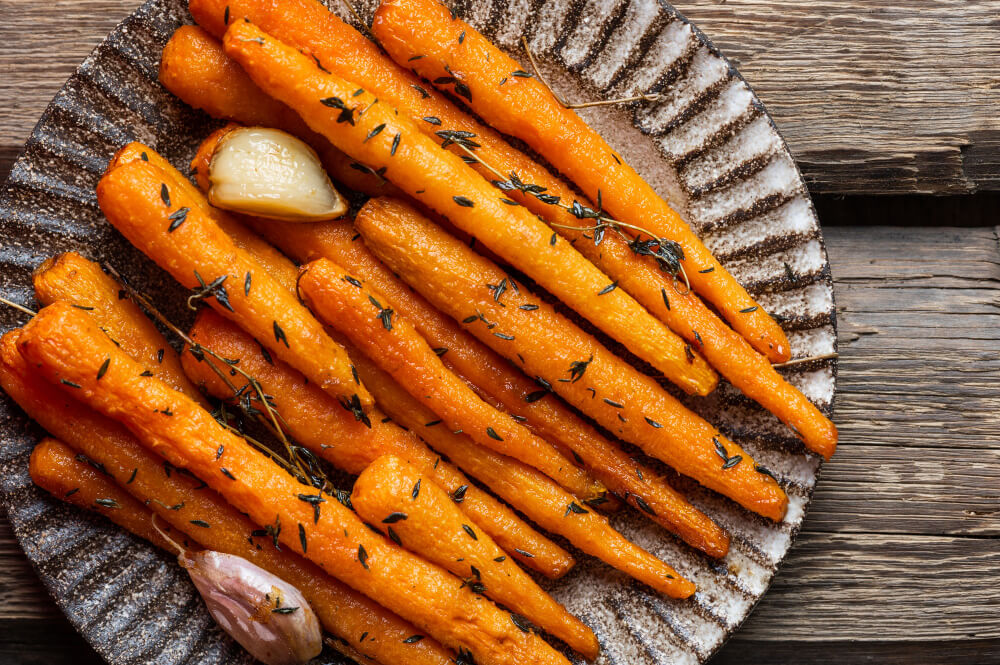
Cutting cheese for a charcuterie board is all about presenting an array of enticing textures and flavors that elevate your cheese board experience. The key is to slice your cheese like a pro, whether you're working with a wedge, a block, or even wheels of cheese. In this post, we'll show you how to cut cheese into perfect wedges and slices that will impress your guests and make your board a delight to explore.
Crafting the perfect cheese board is part science, part art, and our guide will help you master both. You'll learn how to cut rectangular and thin slices of cheese, handle crumbly varieties, and serve cheese with the right tools like a cheese knife. By the time you finish reading, you'll be able to create a stunning arrangement of wedges and slices of cheese that will have everyone reaching for more.
So, let's dive in and unlock the secrets to a showstopping cheese board!
Best Cheeses for Your Charcuterie Board

Before we go into details about cutting different types of cheese, let's first discuss some of the best cheeses for your charcuterie board. Choosing a variety of cheese textures and flavors will ensure a well-rounded and visually appealing board. Here's a guide to some popular cheese varieties, and the best way to cut and serve them.
Cheddar
This versatile block of cheese is a must-have for any cheese board. To cut the cheese, remove the rind and slice it into thin triangles or rectangular pieces. You can also use a cheese wire to achieve even cuts.
Brie
A soft cheese like brie features a bloomy rind and creamy interior. To cut brie, first remove the top rind using a sharp knife. Then, slice the cheese into thin wedges or use a cheese wire to cut even pieces. Brie is best served at room temperature to allow its full flavors to shine.
Gouda
This semi-firm cheese comes in a variety of flavors, from mild to aged. To cut gouda, first remove the rind and slice it into thin wedges or rectangular pieces. Gouda pairs well with fruit and crackers, making it a popular choice for charcuterie boards.
Blue cheeses
These cheeses often have a strong, tangy flavor that adds depth to your cheese board. They can be crumbly, which makes them difficult to cut. To serve blue cheese, cut it into wedges or chunks and lay the cheese on the board with a small knife for spreading.
Mozzarella
This soft, white cheese is known for its mild flavor and creamy texture. To cut mozzarella, remove the rind and slice it into thin rectangles or rounds. Serve mozzarella with fresh basil, tomatoes, and a drizzle of balsamic glaze for a classic caprese salad touch.
Goat cheese
A log of goat cheese is often covered in herbs or spices, adding a unique flavor to your cheese board. To cut goat cheese, use a sharp knife to slice it into thin rounds, and serve it alongside crackers or bread.
Soft wheels of cheese
Softened cheeses, like Camembert or brie, can be difficult to cut when at room temperature. If you want to cut very soft cheese, consider chilling it in the refrigerator first for an even cut. To serve, remove the top rind and lay the cheese near other spreadable items on the board.
Firm cheese
Some of the more firm cheese varieties, such as Manchego or Parmesan, are best served in thin wedges of cheese or small chunks. Use a sharp knife to cut these cheeses, and be sure to remove any rind beforehand.
When preparing a cheese board for a cocktail party or gathering, it's important to have a well-rounded selection of cheeses that cater to different tastes and textures. By incorporating a mix of soft, semi-firm, and firm cheeses, you'll create an entire board that appeals to everyone. Some of our favorite ways to cut and serve different cheeses include slicing them into triangles, rectangles, or wedges.
Having a solid cheese board knowledge will not only make your charcuterie board visually stunning but also ensure that your guests have a variety of flavors and textures to choose from. So, go ahead and experiment with different cheeses, cutting techniques, and presentation styles to create a cheese board that will impress and delight at your next gathering. Remember, the key is to have fun, be creative, and let your cheese board be a reflection of your personal taste and style.
How Many Cheeses Should You Put On Your Charcuterie Board?
Now, if you are wondering how many cheeses to put on your charcuterie board, a good rule of thumb is to allot 2 ounces of cheese and charcuterie per person when deciding how much to buy. This will ensure that you have a variety of flavors and textures without overwhelming your guests or leaving too much uneaten.
When selecting cheeses for your charcuterie board, consider choosing a mix of soft, semi-firm, and firm cheeses. Aim for at least three to five different cheese varieties, and remember to provide a mix of flavors, such as mild, sharp, and tangy. Lay the wedge or rectangular slice of each cheese on the cutting board, leaving enough space between them to allow for easy access.
When arranging your perfect charcuterie board, it's also important to think about accompaniments. Include items like crackers, bread, fruits, nuts, olives, and spreads like mustard or jam to complement the flavors of the cheese. For softer cheeses, provide a spreader to make it easy for guests to enjoy.
As you prepare your cheeseboard, consider visiting a local cheese shop to discover unique and artisanal cheeses that will elevate your board. If you're unsure about which cheeses to choose or how to cut the round or entire wedge, don't hesitate to ask for guidance. Cheese experts can provide valuable tips and recommendations to help you create a memorable and delicious charcuterie board.
Do You Need a Special Knife for Cutting Cheese?

When it comes to cutting cheese for your charcuterie board, you might wonder if you need a special knife to create edible masterpieces. While there are various cheese knives designed for specific types of cheese, you can simply use a sharp knife to achieve great results in most cases.
For wheels like brie or camembert, you can cut even quarters from the top to the bottom, then slice wedges from the center. If your cheese is soft and sticky, using dental floss or a cheese wire can help you achieve clean cuts. For harder, aged cheeses that come in blocks, a sharp knife will do the trick; simply cut small rectangular blocks or wedges.
Washed rind cheeses, with a rind on one side, can be sliced top to bottom, creating even pieces that showcase the beautiful interior. For larger blocks of cheese, such as cheddar or gouda, a cheese slicer or a sharp knife can be used to create thin, even slices.
Fresh cheeses, like mozzarella or feta, can be cut into cubes or thin slices. A sharp knife also works well for these types of cheeses, ensuring clean, even cuts. When dealing with uniquely shaped cheeses, such as triangles or pyramids, simply slice diagonally or into smaller, bite-sized pieces.
To sum up, while having a set of specialized cheese knives can be beneficial for certain cheeses and make the cutting process easier, it is not absolutely necessary. You can still create a beautiful and delicious charcuterie board using a sharp knife or other household items like dental floss or a cheese wire. As you gain experience and confidence in your cheese cutting abilities, you may decide to invest in a cheese knife set to enhance your presentation and enjoyment of your charcuterie creations. But remember, a stunning and appetizing cheese board is complete without them, as long as you use the right techniques and a bit of creativity.
Conclusion
In conclusion, creating a visually stunning and delicious charcuterie board requires a mix of soft or semi-soft, semi-firm, and firm cheeses, as well as the know-how to cut and present them in an appealing manner.
Treat your cheese board like a birthday cake, cutting equal-sized wedges or slices that cater to everyone's taste preferences. For larger wheels of cheese, consider cutting smaller wedges or pre-portion cuts to make serving easier. Remember, the key to a successful cheese board is variety, presentation, and a little creativity.
With these tips and techniques in hand, you'll be well on your way to crafting a mouthwatering charcuterie board that will impress your guests and leave them craving more.
Related Products You Might Like
Crafting the perfect charcuterie board begins with a high-quality cutting board for presenting your cheese in perfectly sized wedges and accompaniments. Mevell offers a stunning range of wooden cutting boards that not only elevate your cheese board presentation but also ensure durability and longevity.
These expertly crafted boards are designed with your charcuterie needs in mind, providing ample space for your cheese and accompaniments. Enhance your cheese board experience with a Mevell wooden cutting board, and discover the perfect foundation for your culinary creations.
Explore our collection today and let Mevell be your partner in creating memorable and mouthwatering charcuterie boards.
Related Articles
- What Is a Charcuterie Board and How To Make One?
- Best Wine for Charcuterie, an In-depth Guide
- What Are the Best Jams for Charcuterie Board?
Related Products You Might Like
Related Products You Might Like: Crafting the perfect charcuterie board begins with a high-quality cutting board for presenting your cheese in perfectly sized wedges and accompaniments.
Mevell offers a stunning range of wooden cutting boards that not only elevate your cheese board presentation but also ensure durability and longevity. These expertly crafted boards are designed with your charcuterie needs in mind, providing ample space for your cheese and accompaniments.
Enhance your cheese board experience with a Mevell wooden cutting board, and discover the perfect foundation for your culinary creations.
Explore our collection today and let Mevell be your partner in creating memorable and mouthwatering charcuterie boards.



